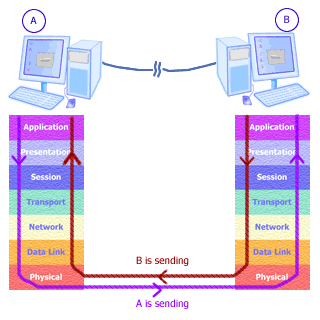thannara123
Advanced Member level 5
What is a layer in a network ? is it a physical one ? where the layer situated ?please answer experts ?
Follow along with the video below to see how to install our site as a web app on your home screen.
Note: This feature may not be available in some browsers.

sorry i didnt get please. if it is a single wire where belongs the 7 layer ?
